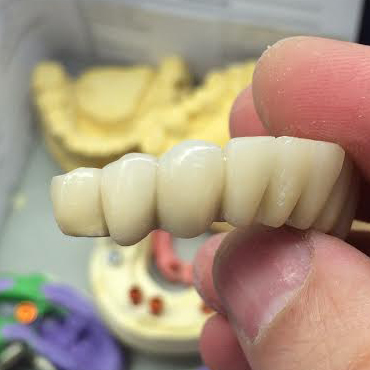Lasers in Dentistry
06/12/2013Dental Procedures: Pain and Anxiety Management-Part II
06/12/2013DENTAL PROCEDURES: PAIN AND ANXIETY MANAGEMENT
One of the most common concerns associated with dental visits is the “fear of pain”. However, many patients will be relieved to discover that there are several types of medicines and pain-management techniques that aren’t only effective in coping with the anxiety of having a dental procedure done but they are also useful in reducing, if not eliminating, the intensity of pain associated with different dental procedures.

Different Options For Pain Relief
What Are Topical Anaesthetics?
Application of topical anaesthetics involves the use of swabs. Basically, anaesthetics serve the purpose of numbing the region in the gums or mouth where the dental procedure will be carried out. Typically, these anaesthetics are used before using local anaesthetics.
Understanding the Use of Laser Drills
At times, the dentist may use laser drills for eliminating tooth decay. In fact, many dental experts have started using lasers for making the targeted enamel ready for filling placement. Lasers can even reduce the intensity of pain, thereby eliminating the need of anesthesia use during the procedure.
What is Electronically Transferred Anesthesia?
This is a popular alternative to local anaesthetics. The patient’s face is covered by adhesive pads while a battery-powered device is used for sending electrical impulses to the targeted area for numbing it. The patient is responsible for controlling stimulation level with the help of a hand-held unit. Cranial electrotherapy stimulation is yet another type of ETA, which involves the passage of electricity into the brain, thereby leading to relaxation. Even this time, the patient is responsible for controlling current intensity so that the pain can be effectively controlled. The basic benefit of this strategy is that when the device is turned off, the effect can be quickly reversed. As a result, the patient becomes capable of performing day-to-day activities right after the procedure.
Nitrous Oxide: Another Pain-Management Strategy
Nitrous oxide or laughing gas when inhaled helps in relaxing the patient. This is the most common type of sedation that a dentist uses. The effects of this gas wear off as soon as it is turned off. In fact, this is the sole form of sedation that allows patients to drive following the procedure while performing regular activities like eating food within 12 hours.
What Is Intravenous Sedation?
This type of anxiety and pain management technique plays an important role in the application of a sedative into the patient’s vein of the hand or arm. This strategy is typically reserved for individuals who are planning to undergo serious dental procedures or for individuals who suffer from severe anxiety. Dental experts are responsible for monitoring the patient’s oxygen level that is getting IV sedation and may require additional oxygen while performing the procedure. IV sedation can significantly contribute in keeping the patient awake and relaxed at the same time.



